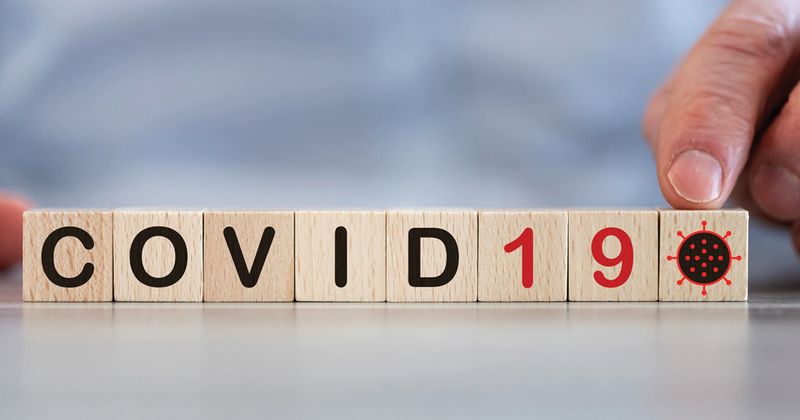Algorithm developed for managing suspected ACS in patients hospitalized with COVID-19
Diagnosis of ACS in concomitant COVID-19 infection can be made difficult due to an overlap of symptoms, fewer patients presenting to the hospital and a lack of guidance diagnosing hospitalized patients, a speaker reported.

At the virtual American Society for Preventive Cardiology Congress on CVD Prevention, Amit Khera, MD, MSc, FACC, FAHA, FASPC, immediate past president of the ASPC and professor of medicine, director of preventive cardiology and the Dallas Heart Ball chair in hypertension and heart disease at UT Southwestern Medical Center, discussed the etiologies of ACS and COVID-19 infection and the importance of patient education and provided an algorithm for the diagnosis of ACS in the COVID-19 population.

“At every one of my patient visits over last year, I always remind people that if you have a symptom, the hospital is safe. You must present. Hopefully, we are on the tail end of all this, but there are variants and other lessons learned that may come up in the future,” Khera said. “But communication to our patients is key. How do we avoid having this increase of ACS-related COVID-19? Vaccination. People know that quite well. We have all seen clinical trial data. This is real world data.”
According to a study published in the American Journal of Preventive Cardiology, patients with atherosclerotic CVD who contract COVID-19 experienced greater relative risk for COVID-19 related ACS compared with individuals without ASCVD (RR = 5.9). Researchers reported even greater relative risk among patients with COVID-19 and familial hypercholesterolemia vs. those without FH (RR = 14.3).
In addition to a more complicated diagnosis when patients with COVID-19 present with potential ACS, a commentary in the NEJM Catalyst addressed why some who experience ACS in the COVID-19 era may not choose to present at all. The researchers found that some individuals see hospitals as reservoirs of infectious disease and are not informed about the risk mitigation efforts that hospital staff have undertaken. According to the study, the patients need confirmation from doctors at their community health systems about when to go to the ED.
Khera explained that the diagnosis of ACS among patients with COVID-19 can be difficult for several reasons. Chest pain, a symptom of ACS, is also commonly seen in COVID-19 respiratory infection. ST segment changes associated with COVID-19 infection can “fake out” clinicians who later find no obstructive CAD. Troponin elevation can occur in approximately one-third of patients with COVID-19, a finding that could represent multiple potential etiologies, according to the presentation.
Therefore, Khera presented an algorithm for the management of potential ACS in patients with concomitant COVID-19.
For patients with COVID-19 and suspected ACS, Khera said that point-of-care ultrasound may be able to rule other explanations such as myocarditis, congestive HF, pulmonary embolism, right ventricular dysfunction and stress cardiomyopathy. Should clinicians identify other features of ACS during ultrasound, Khera recommended higher-risk patients with a poor COVID-19 prognosis receive more conservative treatment, and there should be a shared decision-making process between physicians, patients and their families. Among higher-risk patients with a better COVID-19 prognosis, invasive coronary angiography may be considered. For patients with COVID-19 at intermediate or low risk for ACS, clinicians may consider noninvasive testing for ACS such as cardiac CT or MRI, he said.
“Point-of-care ultrasound has been a godsend at our institution and many others in that we can get quick data, it avoids exposure,” Khera said.
References:
- Myers KD, et al. Am J Prev Cardiol. 2021:doi:10.1016/j.ajpc.2021.100197.
- Wong LE, et al. N Engl J Med. 2021;doi:10.1056/CAT.20.0193.









